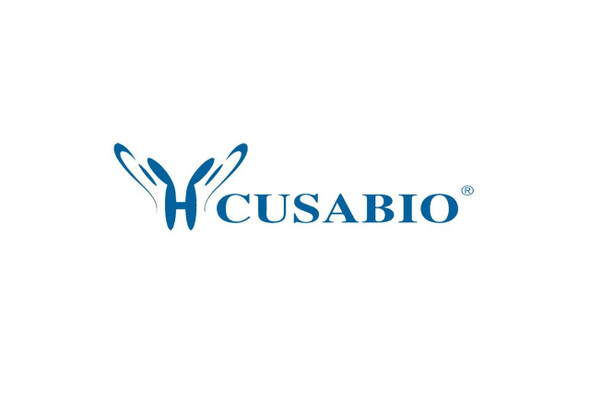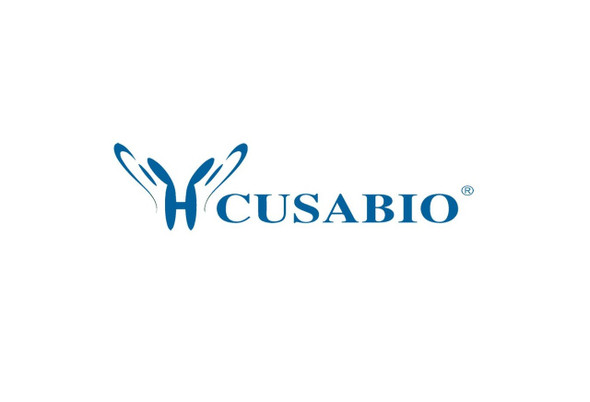Cusabio Human Recombinants
Recombinant Human Kynurenine 3-monooxygenase (KMO) | CSB-EP012475HUb0
- SKU:
- CSB-EP012475HUb0
- Availability:
- 3 - 7 Working Days
Description
Recombinant Human Kynurenine 3-monooxygenase (KMO) | CSB-EP012475HUb0 | Cusabio
Alternative Name(s): Kynurenine 3-hydroxylase
Gene Names: KMO
Research Areas: Metabolism
Organism: Homo sapiens (Human)
AA Sequence: MDSSVIQRKKVAVIGGGLVGSLQACFLAKRNFQIDVYEAREDTRVATFTRGRSINLALSHRGRQALKAVGLEDQIVSQGIPMRARMIHSLSGKKSAIPYGTKSQYILSVSRENLNKDLLTAAEKYPNVKMHFNHRLLKCNPEEGMITVLGSDKVPKDVTCDLIVGCDGAYSTVRSHLMKKPRFDYSQQYIPHGYMELTIPPKNGDYAMEPNYLHIWPRNTFMMIALPNMNKSFTCTLFMPFEEFEKLLTSNDVVDFFQKYFPDAIPLIGEKLLVQDFFLLPAQPMISVKCSSFHFKSHCVLLGDAAHAIVPFFGQGMNAGFEDCLVFDELMDKFSNDLSLCLPVFSRLRIPDDHAISDLSMYNYIEMRAHVNSSWFIFQKNMERFLHAIMPSTFIPLYTMVTFSRIRYHEAVQRWHWQKKVINKGLFFLGSLIAISSTYLLIHYMSPRSFLRLRRPWNWIAHFRNTTCFPAKAVDSLEQISNLISR
Source: E.coli
Tag Info: N-terminal 10xHis-tagged
Expression Region: 1-486aa
Sequence Info: Full Length
MW: 61.9 kDa
Purity: Greater than 85% as determined by SDS-PAGE.
Relevance: Catalyzes the hydroxylation of L-kynurenine to form 3-hydroxy-L-kynurenine. Required for synthesis of quinolinic acid, a neurotoxic NMDA receptor antagonist and potential endogenous inhibitor of NMDA receptor signaling in axonal targeting, synaptogenesis and apoptosis during brain development. Quinolinic acid may also affect NMDA receptor signaling in pancreatic beta cells, osteoblasts, myocardial cells, and the gastrointestinal tract.
Reference: "Structural and mechanistic basis of differentiated inhibitors of the acute pancreatitis target kynurenine-3-monooxygenase." Hutchinson J.P., Rowland P., Taylor M.R.D., Christodoulou E.M., Haslam C., Hobbs C.I., Holmes D.S., Homes P., Liddle J., Mole D.J., Uings I., Walker A.L., Webster S.P., Mowat C.G., Chung C.W. Nat. Commun. 8:15827-15827(2017)
Storage: The shelf life is related to many factors, storage state, buffer ingredients, storage temperature and the stability of the protein itself. Generally, the shelf life of liquid form is 6 months at -20?/-80?. The shelf life of lyophilized form is 12 months at -20?/-80?.
Notes: Repeated freezing and thawing is not recommended. Store working aliquots at 4? for up to one week.
Function: Catalyzes the hydroxylation of L-kynurenine (L-Kyn) to form 3-hydroxy-L-kynurenine (L-3OHKyn). Required for synthesis of quinolinic acid, a neurotoxic NMDA receptor antagonist and potential endogenous inhibitor of NMDA receptor signaling in axonal targeting, synaptogenesis and apoptosis during brain development. Quinolinic acid may also affect NMDA receptor signaling in pancreatic beta cells, osteoblasts, myocardial cells, and the gastrointestinal tract.
Involvement in disease:
Subcellular Location: Mitochondrion outer membrane, Multi-pass membrane protein
Protein Families: Aromatic-ring hydroxylase family, KMO subfamily
Tissue Specificity: Highest levels in placenta and liver. Detectable in kidney.
Paythway:
Form: Liquid or Lyophilized powder
Buffer: If the delivery form is liquid, the default storage buffer is Tris/PBS-based buffer, 5%-50% glycerol. If the delivery form is lyophilized powder, the buffer before lyophilization is Tris/PBS-based buffer, 6% Trehalose, pH 8.0.
Reconstitution: We recommend that this vial be briefly centrifuged prior to opening to bring the contents to the bottom. Please reconstitute protein in deionized sterile water to a concentration of 0.1-1.0 mg/mL.We recommend to add 5-50% of glycerol (final concentration) and aliquot for long-term storage at -20?/-80?. Our default final concentration of glycerol is 50%. Customers could use it as reference.
Uniprot ID: O15229
HGNC Database Link: HGNC
UniGene Database Link: UniGene
KEGG Database Link: KEGG
STRING Database Link: STRING
OMIM Database Link: OMIM






